|
Continued from yesterday: Kauai is called The Garden Island because of its lush vegetation and natural beauty. It's also called The Land of 10,000 Chickens. A bunch of them have a convention in my yard everyday. All day. I've heard two explanations for why there are so many chickens in Kauai: First Explanation: Back when there were many sugar plantations on the Hawaiian islands the rats from the ships coming into port escaped onto the islands and were getting into the sugar crops. So the plantation owners imported mongeese to the islands to eat the rats. Turned out, though, that the mongeese didn't like rat meat but loved chicken. So the rats continued to nosh on the sugar cane while the mongeese ate up all the chickens. Except on Kauai, to where, for some reason, the mongeese were not brought, allowing the chicken population to proliferate here. Second Explanation: Back in 1991 there was a terrible hurricane that blew down all the chicken coops on the island so all the chickens go loose and have been on the loose ever since. I think I like the second story better. There are about the same number of chickens on Kauai as there are signs that read "Do not feed the Nene". The the equally copious plethora of signs and chickens led me to conclude that "nene" is the Hawaiian word for chicken. But that turns out not to be the case.. A local explained to me that the nene is the Hawaiian goose and the state bird of Hawaii. The nenes are well-loved, revered, and protected by the islanders, who subsequently do not want the birds harmed, disturbed or bothered in any way. Or fed the wrong thing. The Kauaians obviously don't feel the same about the chickens, as I haven't seen a single "Do Not Feed The Moa" (the Hawaiian word for chicken) signs. As for me, I have not fed any nenes, nor could I even if I wanted to as, except for a photo shown to me by the manager of the gift shop at the visitors' center at Koke'e State Park, I have not seen a single nene, though I have seen a few of these pretty white birds of the kind pictured below, which I think the gift shop manager told me was some kind of egret. Or something. Anyway, I do not know where all these nenes that we're not supposed to feed are. Maybe they all starved because nobody fed them. And then there's the federally protected night-flying sea bird. I've never seen one of these, either,
We have been strictly obeying the rules and keeping the lights off or windows covered at night.
Subsequently we haven't seen the birds nor have the birds seen us. And that's how it's meant to be.
0 Comments
Leave a Reply. |
"Tropical Depression"
by Patti Liszkay Buy it on Amazon: https://www.amazon.com/dp/B0BTPN7NYY "Equal And Opposite Reactions"
by Patti Liszkay Buy it on Amazon: http://amzn.to/2xvcgRa or from The Book Loft of German Village, Columbus, Ohio Or check it out at the Columbus Metropolitan Library
Archives
July 2024
I am a traveler just visiting this planet and reporting various and sundry observations,
hopefully of interest to my fellow travelers. Categories |
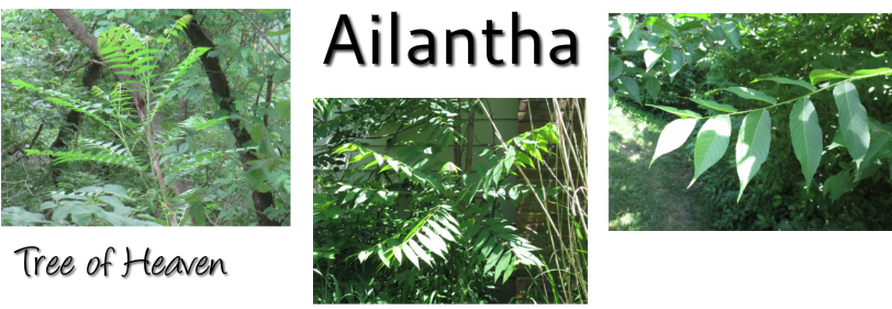
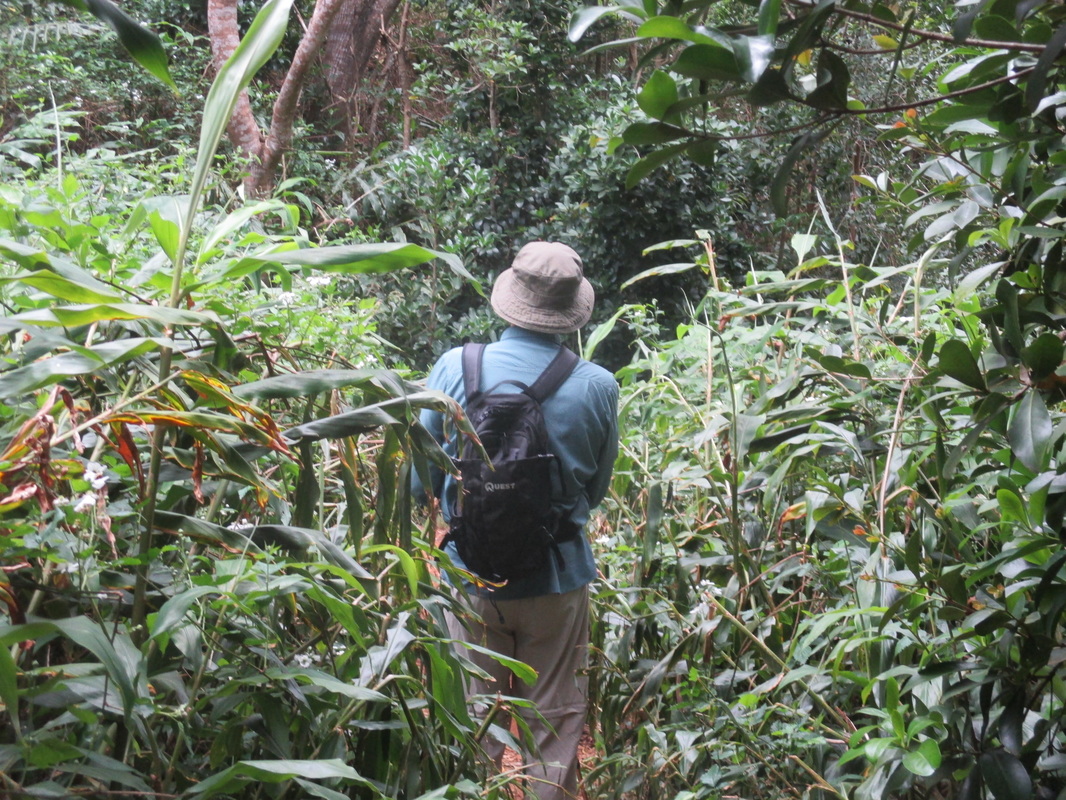
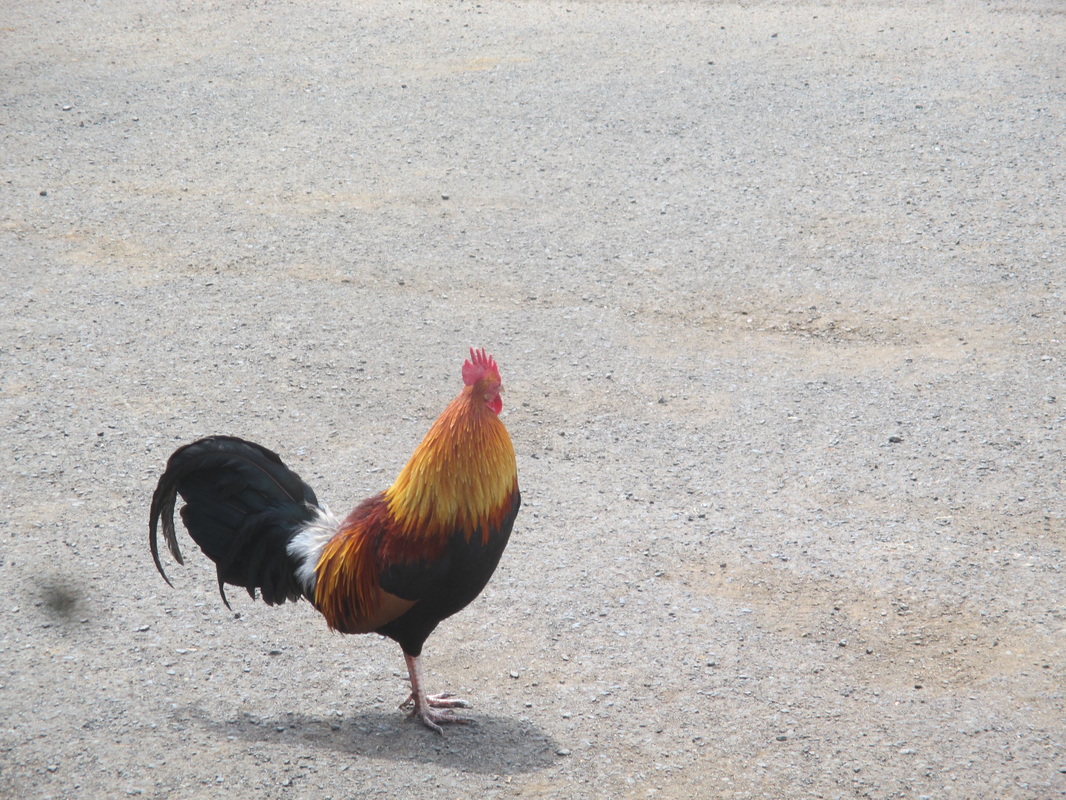

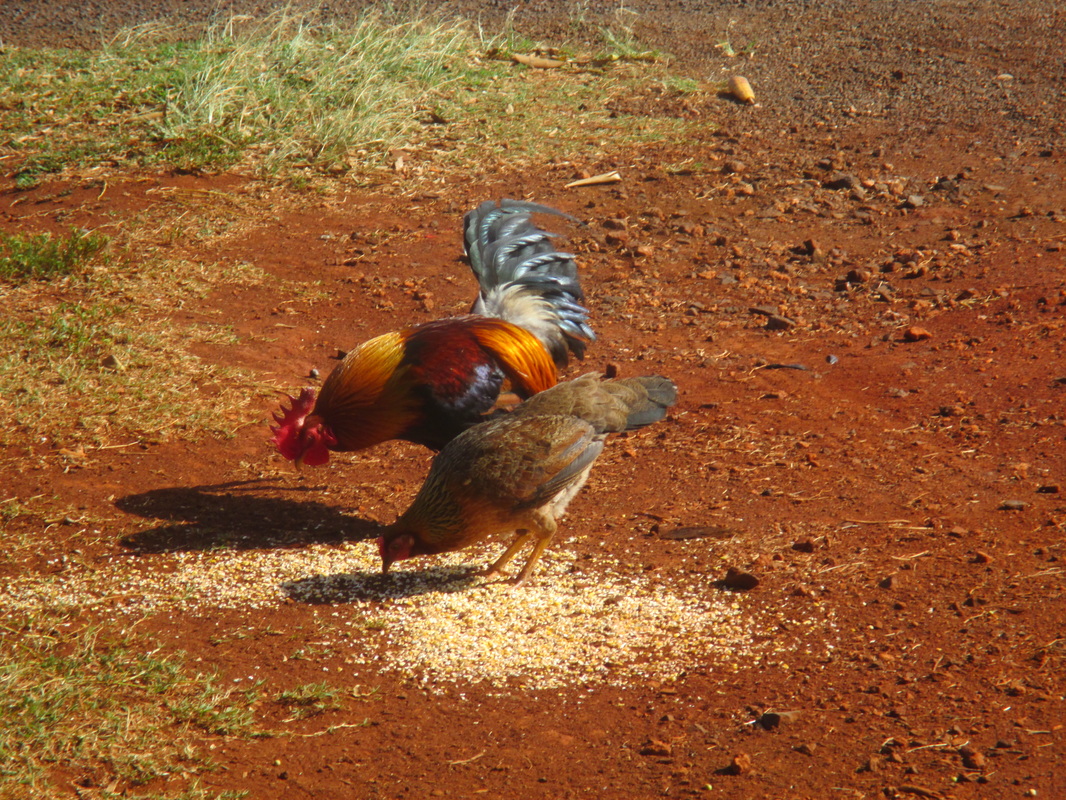
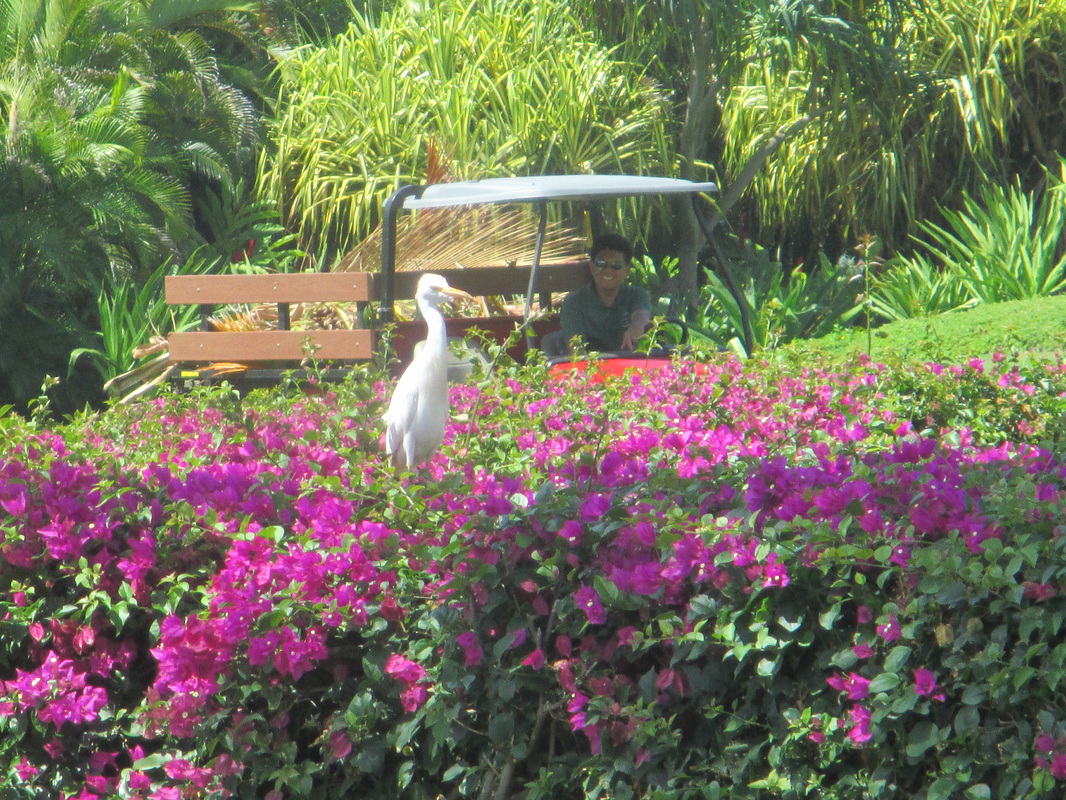
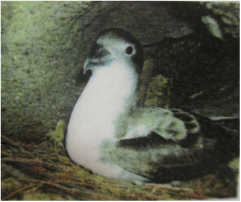
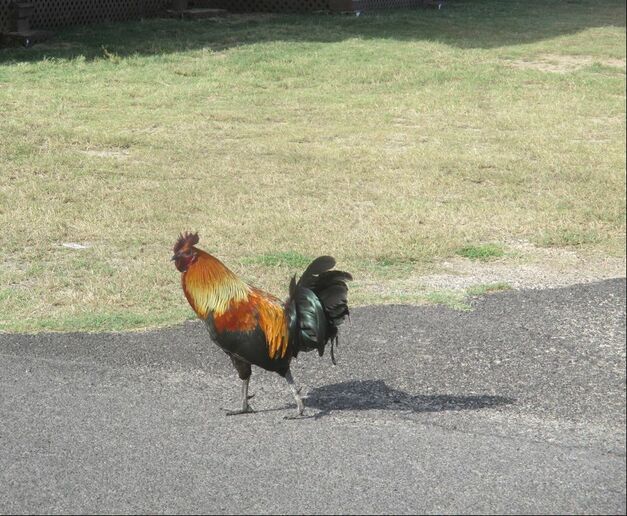
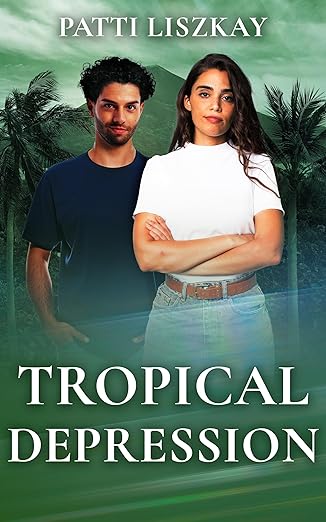


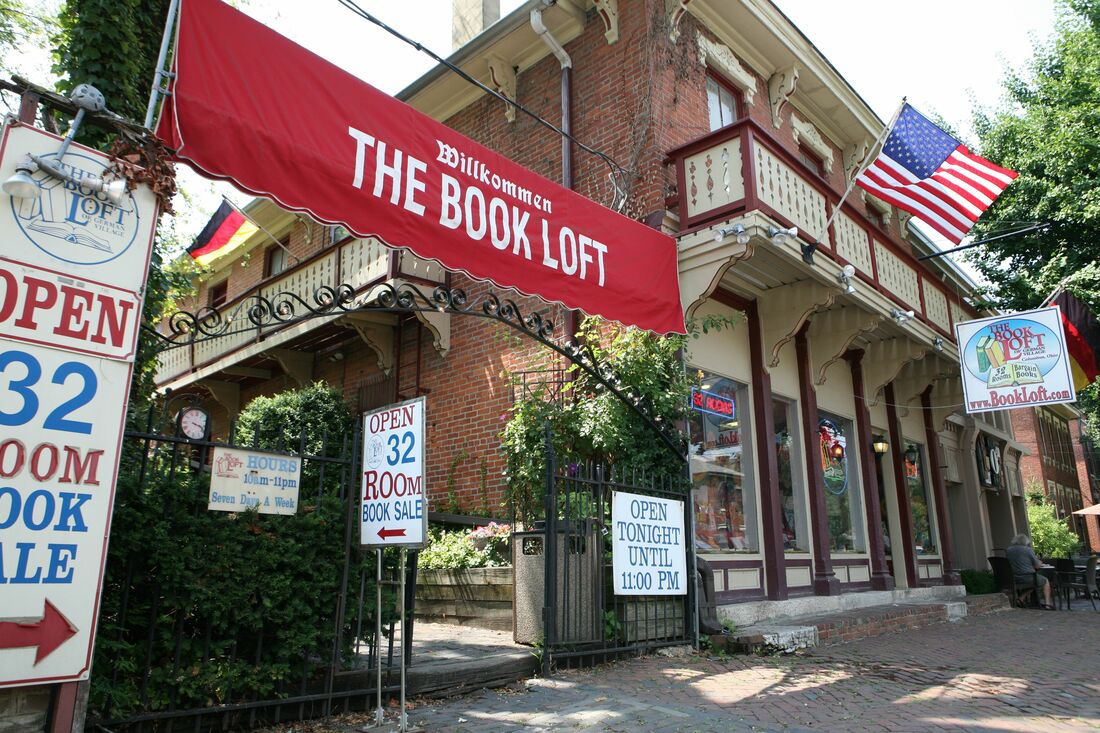
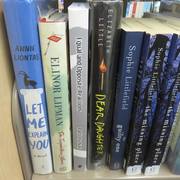
 RSS Feed
RSS Feed